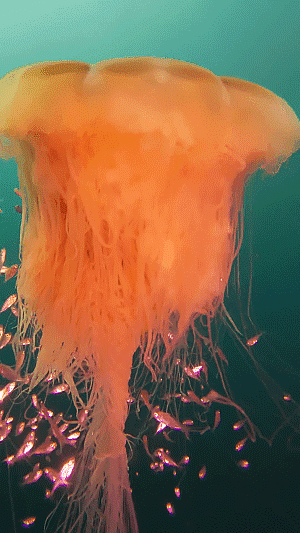Text
🐙 Daily Cephalopod Fact: 🐙
Coconut Octopus: This species has been reported to show bipedal locomotion, or "stilt-walking". This involves rolling two legs to walk while the other six legs are used to mimic the appearance of a floating coconut. They have also been bserved using tools for concealment and defense by gathering available debris to create a shelter. Researchers have filmed this species collecting coconut half-shells from the sea floor, that had been discarded by humans. They were then carried up to 66 ft and arranged around the body of the octopus to form a spherical hiding place similar to a clam-shell.
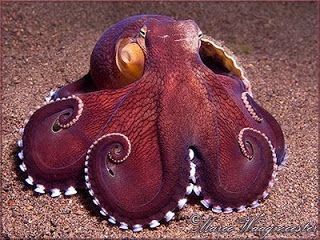

#coconut octopus#highly intelligent#tool users#innovative#cephalopod facts#daily cephalopod fact#daily cephalopod#facts about cephalopods#cephalopod#shark blog#respect the locals#marine animals#marine biology#marine life#marine#ocean animal#ocean life#ocean
62 notes
·
View notes
Text
🐙 Daily Cephalopod Fact: 🐙
Blanket Octopus: Blanket octopuses are immune to the venomous Portuguese man o' war, whose tentacles the male and immature females rip off and use for offensive and defensive purposes. Like many other octopuses, the blanket octopus uses ink to intimidate potential predators. Also, when threatened, the female unfurls her large net-like membranes that spread out and billow in the water, greatly increasing her apparent size.
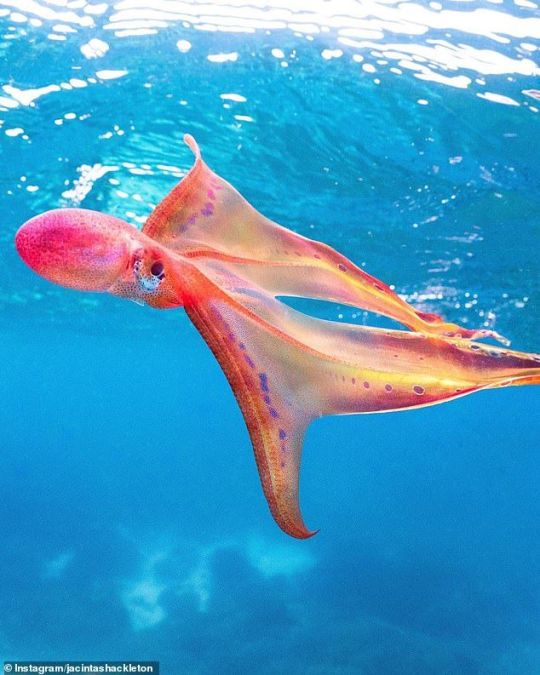
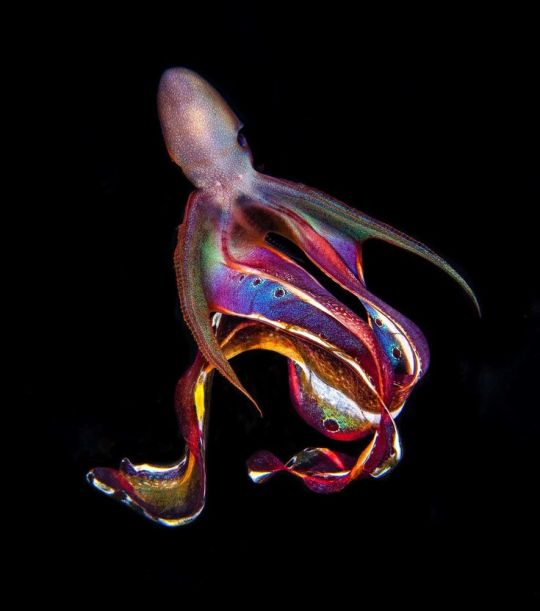
#blanket octopus#my favorite#my favorite octopus#my favorite cephalopod#daily cephalopod#cephalopod facts#daily cephalopod fact#cephalopod#beautiful octopus#beautiful cephalopod#shark blog#respect the locals#ocean#ocean life#ocean animal#marine animals#marine life#marine biology#marine
37 notes
·
View notes
Text
🐙 Daily Cephalopod Fact: 🐙
Dumbo Octopus: The name "dumbo" originates from their resemblance to the title character of Disney's 1941 film Dumbo, having two prominent ear-like fins which extend from the mantle above each eye. Dumbo octopuses are the deepest living octopuses known, with some specimens captured or observed at hadal depths (20,000 to 36,000 ft) below sea level.

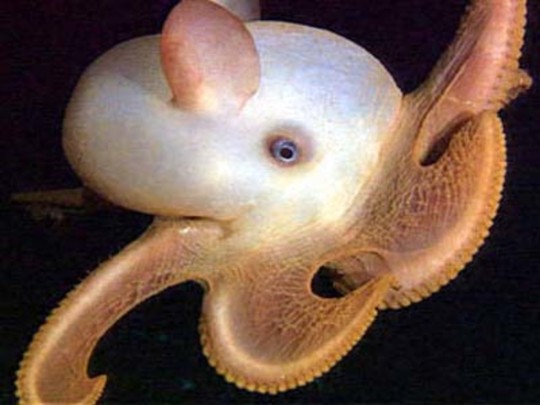
#dumbo octopus#dumbo#elephant ear fins#elephant ears#deep sea#deep sea octopus#creatures of the deep sea#octopus of the deep#hadal zone#trench zone#shark blog#respect the locals#ocean#ocean depths#abyss#ocean life#marine animals#marine life#marine biology#marine
62 notes
·
View notes
Text
🐙 Daily Cephalopod Fact: 🐙
Blue-Ringed Octopus: They are one of the world's most venomous marine animals. Despite their small size, 5 to 8 in. and relatively docile nature, they are very dangerous if provoked when handled because their venom contains a powerful neurotoxin called tetrodotoxin. The blue-ringed octopus carries enough venom to kill 26 adult humans within minutes. Their bites are tiny and often painless, with many victims not realizing they have been envenomated until respiratory depression and paralysis begins. No blue-ringed octopus antivenom is available.
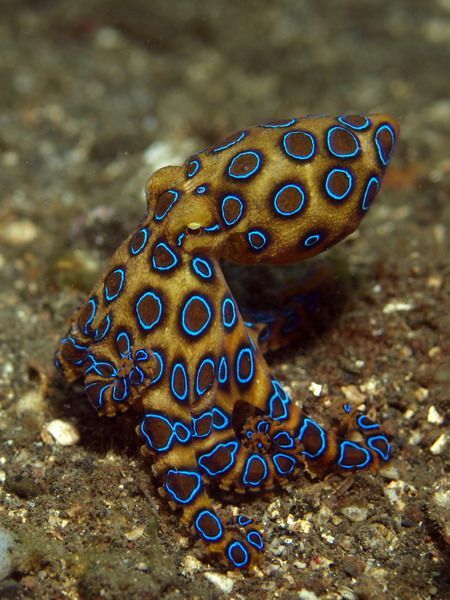

#blue ringed octopus#blue ringed#octopus#DO NOT TOUCH#venomous#the brighter the color the more dangerous#leave the cephalopod alone#ce#cephalopod#cephalopod facts#daily cephalopod#cep#facts about cephalopods#daily cephalopod fact#shark blog#respect the locals#mar#marine biology#marine life#marine animals#marine#ocean animal#ocean life#ocean
60 notes
·
View notes
Text
🐙 Daily Cephalopod Fact: 🐙
Mimic Octopus: Mimic octopuses have been observed mimicking numerous different species of animals, some animals being mimicked more often than others. Among the animals mimicked are lionfish, sea snakes, jellyfish, and zebra sole. The octopus' mimicry of flatfish may be its preferred guise. Not only does the mimic octopus use its ability to defend itself from predators, but it also uses aggressive mimicry, to approach wary prey, for example mimicking a crab as an apparent mate, only to devour its deceived suitor


#mimic octopus#octopus in disguise#undercover octopus#cep#cephalopod#cephalopod facts#daily cephalopod#facts about cephalopods#daily cephalopod fact#shark blog#respect the locals#ocean life#ocean#mar#marine#marine life#mari#marine biology
44 notes
·
View notes
Text
🐙Daily Cephalopod Fact:🐙
The Giant Pacific Octopus can be found from the intertidal zone down to 6,600 ft, and is best-adapted to colder, oxygen- and nutrient-rich waters. It is one of the largest octopus species on earth and can often be found in aquariums and research facilities in addition to the ocean. They play an important role in maintaining the health and biodiversity of deep sea ecosystems, cognitive research, and the fishing industry.
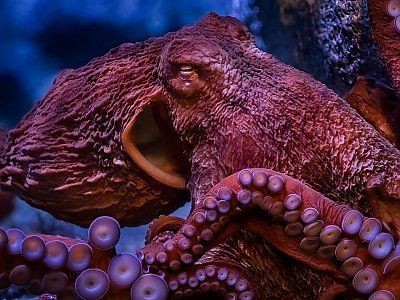
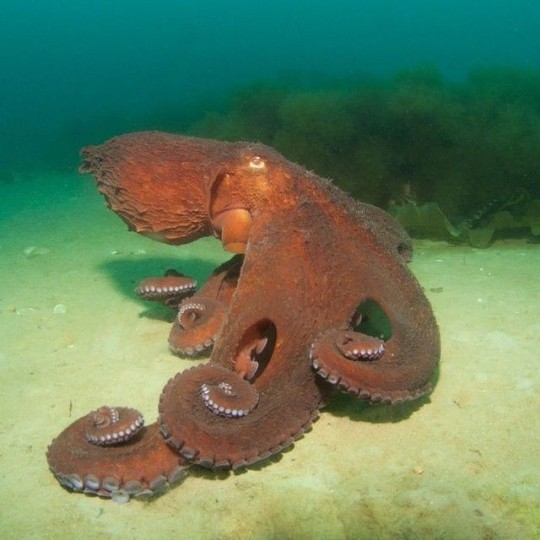
#giant pacific octopus#pacific octopus#giant octopus#giant cephalopod#cephalopod#facts about cephalopods#daily cephalopod fact#daily cephalopod#cephalopod facts#shark blog#respect the locals#marine animals#marine biology#marine life#marine#ocean life#ocean animal#ocean
141 notes
·
View notes
Text
🐙 Daily Cephalopod Fact: 🐙
Giant Cuttlefish: The giant cuttlefish, also known as the Australian giant cuttlefish, is the world's largest cuttlefish species, growing to 20 inches in mantle length and up to 39 inches in total length. They can be over 23 lbs in weight.
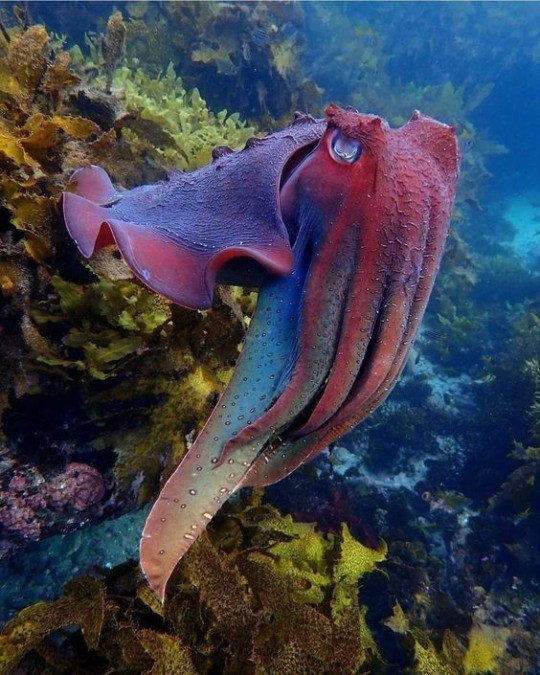

#australian giant cuttlefish#giant cuttlefish#cuttlefish#cephalopod#daily cephalopod#daily cephalopod fact#cephalopod facts#facts about cephalopods#shark blog#respect the locals#marine animals#marine#marine biology#marine life#ocean animal#ocean#australia
116 notes
·
View notes
Text
🐙 Daily Cephalopod Fact: 🐙
Flamboyant Cuttlefish: Cuttlefish have a specialized, hollow feature called a cuttlebone that helps the animal maintain buoyancy by adjusting the levels of gas and liquid in its chambers.1 Because the flamboyant cuttlefish’s cuttlebone is relatively small, this species can only float and swim for short amounts of time. Instead of swimming, flamboyant cuttlefish “walk” along the ocean floor using their arms. They also have a highly developed sensory system that helps them respond and adjust to their surroundings.

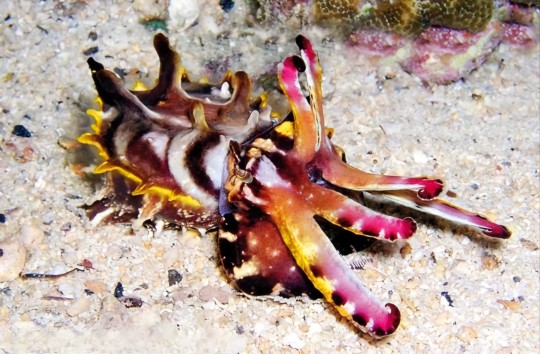
#flamboyant cuttlefish#flamboyant#cuttlefish#cephalopod#daily cephalopod#cephalopod facts#facts about cephalopods#daily cephalopod fact#respect the locals#shark blog#ocean#ocean life#marine#marine animals#marine biology#marine life
353 notes
·
View notes









